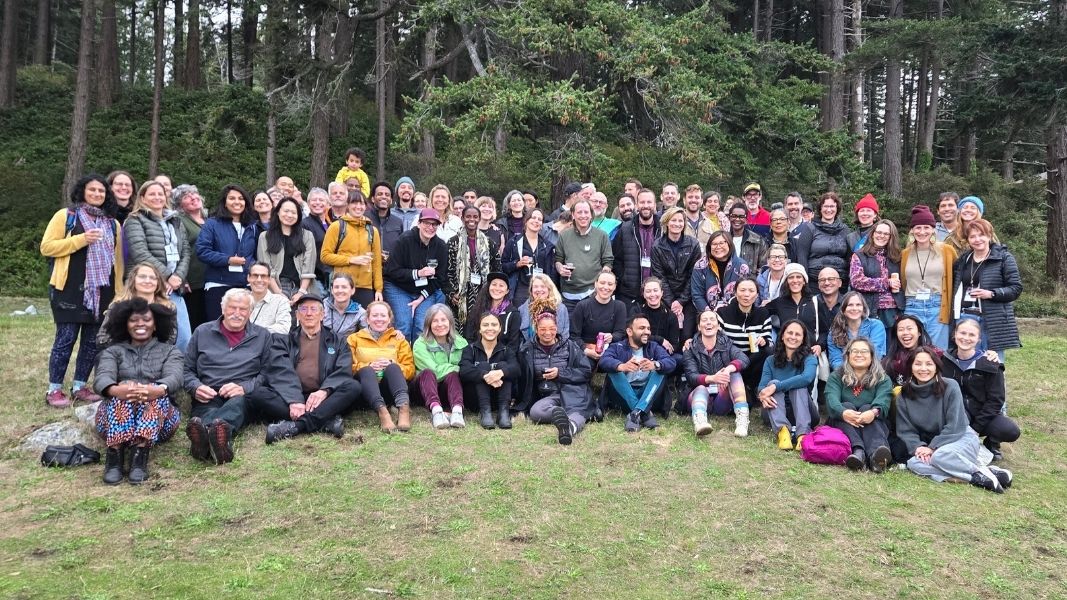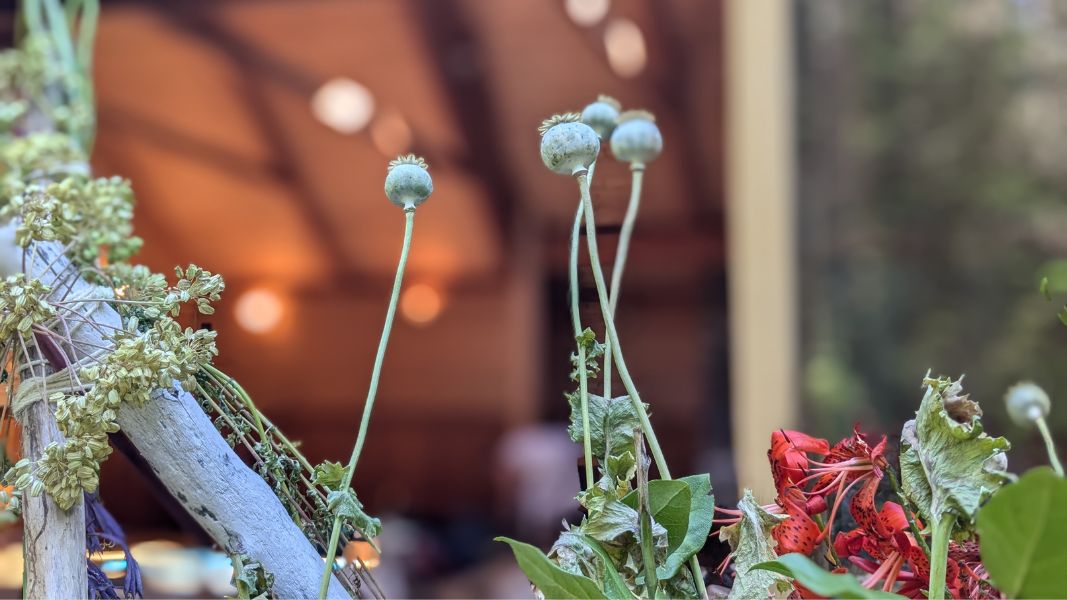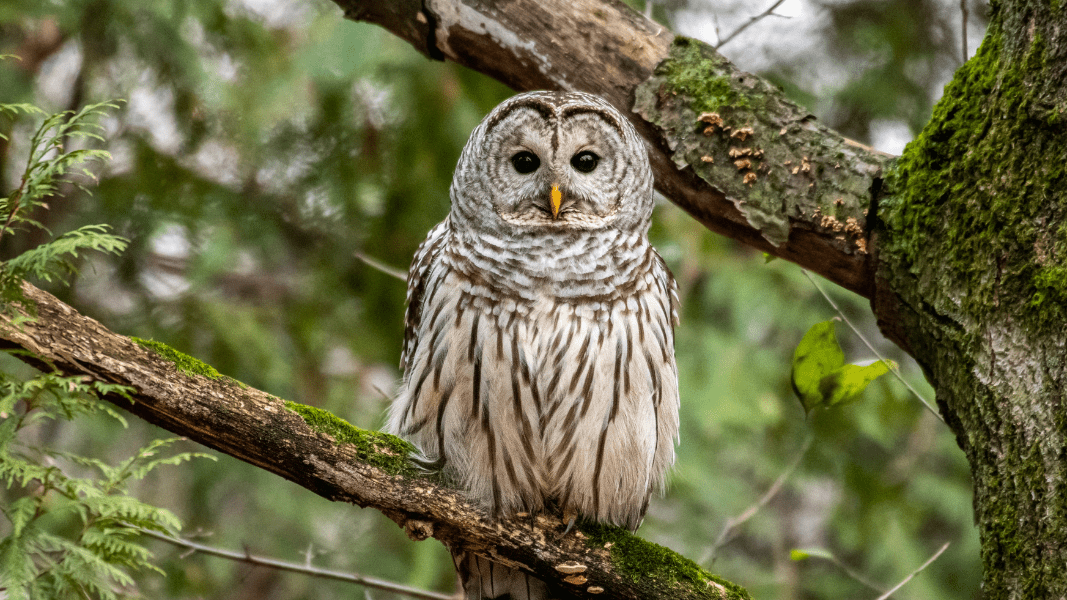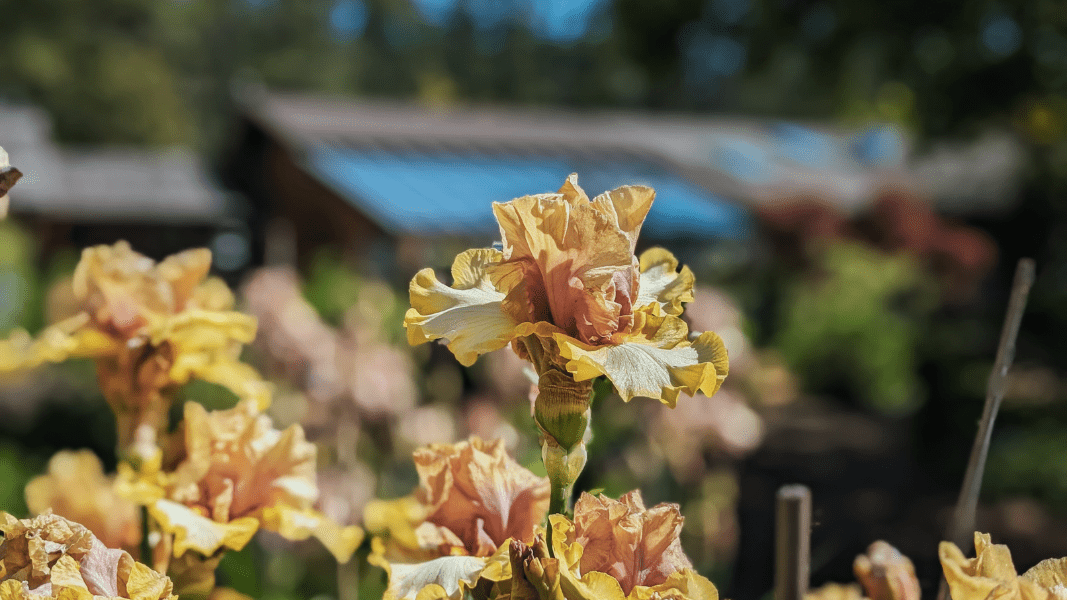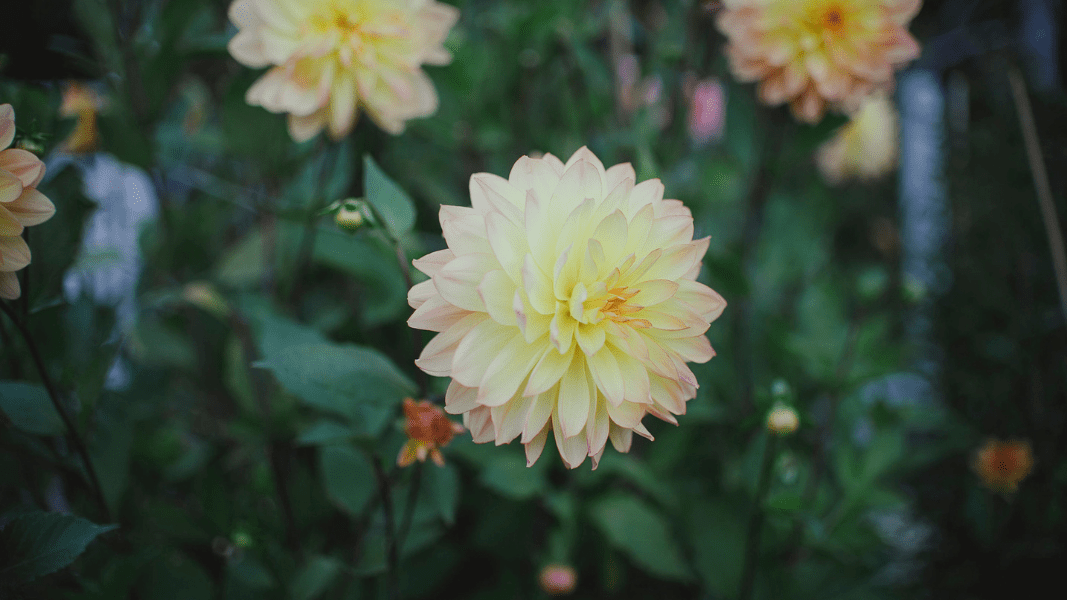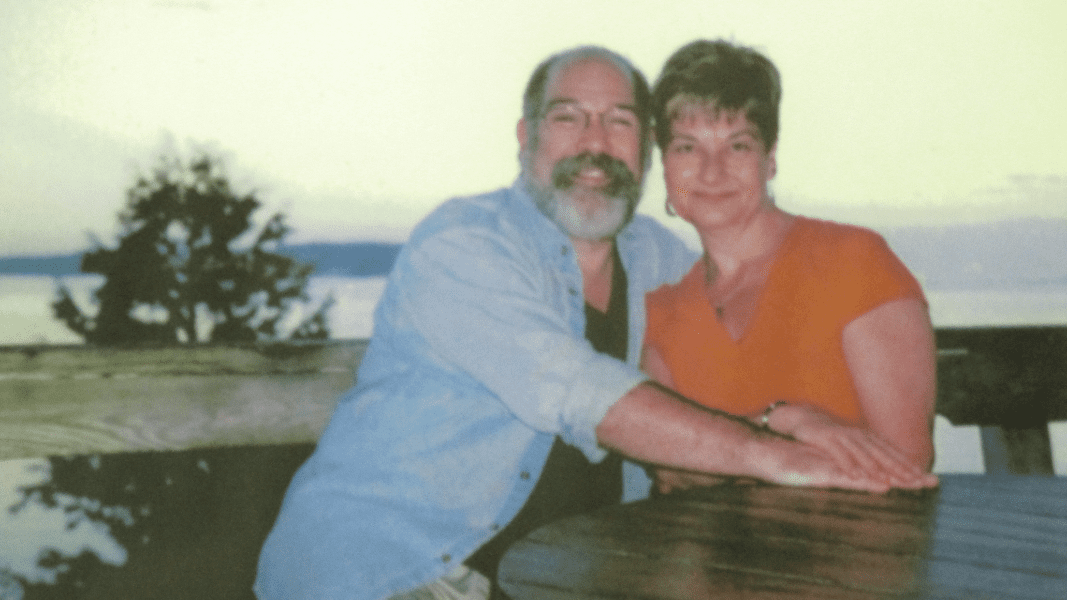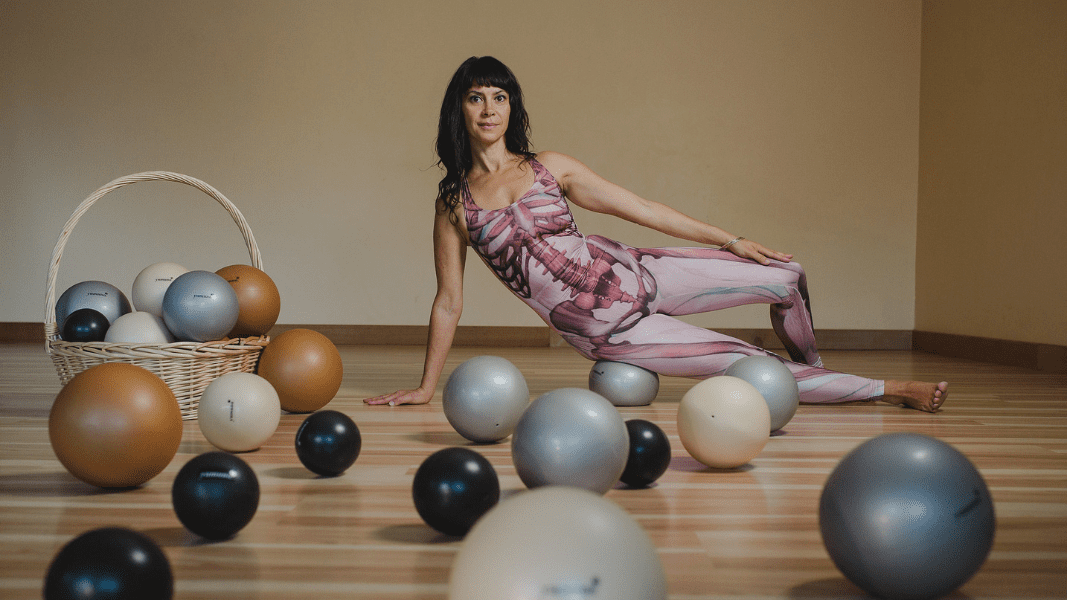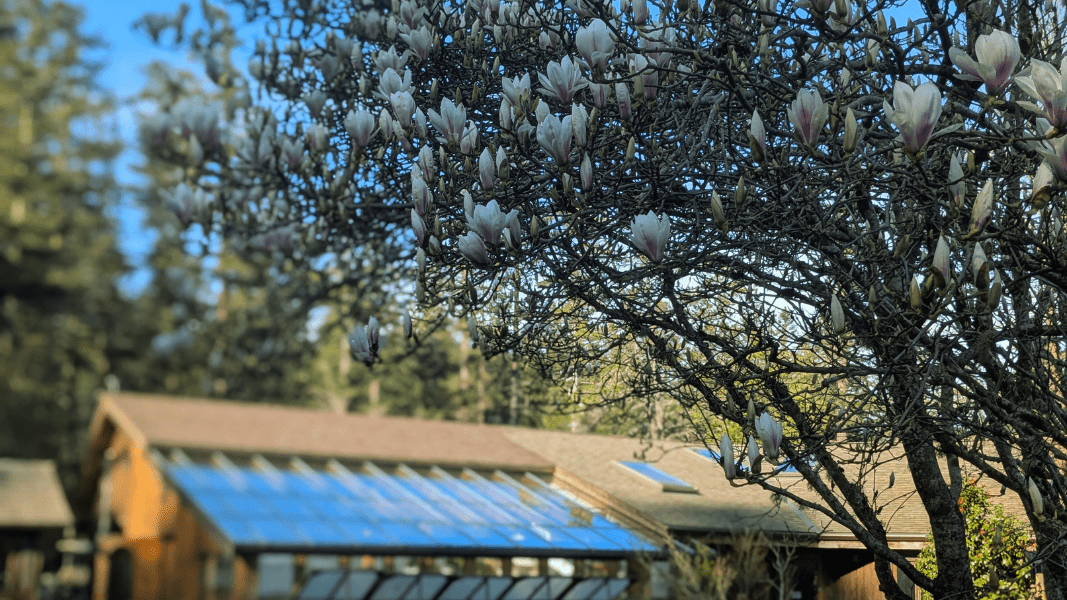Cultural Appropriation. It’s a term that can raise some very heated discussion, and it’s a topic that we’re deeply engaged with at Hollyhock.
Over the last season we have started to discuss the issue of cultural appropriation as it relates to our programming and our overall business. This is a live conversation in many places right now, and it is complex. On one side of the debate is the idea that because of privilege and power, colonial societies (read: white people) have often taken things of high significance (meaningful clothing, art, spirituality) from other cultures and benefited socially and commercially. This causes (unintentional) harm and disrespect to the people of those cultures, and is distinct from equal and consensual cultural exchange. On the other side of debate is a real reverence, love, and devotion to non-western culture, art, and practice.
I want to share something that happened at Hollyhock this year that gave me some insight into the debate. At a large gathering in the late summer, there was a white participant who belonged to Shayamdas lineage of Kirtan. He had worked with Shayamdas and had studied Kirtan across North America and India. Two of the gathering organizers were having a disagreement about whether he should sing Kirtan before an evening session (he had been expressly invited to the gathering to do so, but on-site the organizers began to disagree about it). The organizer who felt uncomfortable with the idea of a white man singing Hindu spiritual songs asked me to intervene.
The participant was aware of this debate and felt quite angry. When I approached him for a conversation, I had the words of Indigenous consultant Jada-Gabrielle Pape in my head, “aspire for right relations.” I listened to the participant and his anger about feeling “censored,” then I asked him about his lineage and his love for Kirtan. I then told him about Hollyhock’s commitment to investigating cultural appropriation and shared with him vulnerably that we had more questions than answers, but that we are committed to building cultural safety.
Something amazing happened when I shared honestly with him – all his anger melted away and he understood that we were not judging him or holding power over him. He began to talk about his own discomfort with cultural appropriation and places in his world where he had seen it. I felt like we had found “right relation.” We discussed the different options on how to move forward and he decided that he would pull the Kirtan from the evening.
I had mixed feelings about it. I think the deeper move would have been for him to get on a stage and share his lineage, his love and deep devotion to Kirtan, and also his awareness of cultural appropriation and the damage and harm that it can do.
Through this season, I have learned is that there is no one-size-fits all solution when it comes to cultural appropriation. Context and relationships matter. Not everyone on our team always agrees on the best way to move forward. We are starting to apply a stronger lens of cultural safety to all of our programs, and it won’t always be perfect. The line between cultural appreciation (mutual exchange) and cultural appropriation (harm) is not always clear, but we are leaning into the conversation with questioning, deep listening, and open hearts; and we are committed to getting it right.
Editor: Loretta Laurin
Discover inspirational videos, insightful articles, and delicious recipes from our presenters, staff, and community.

